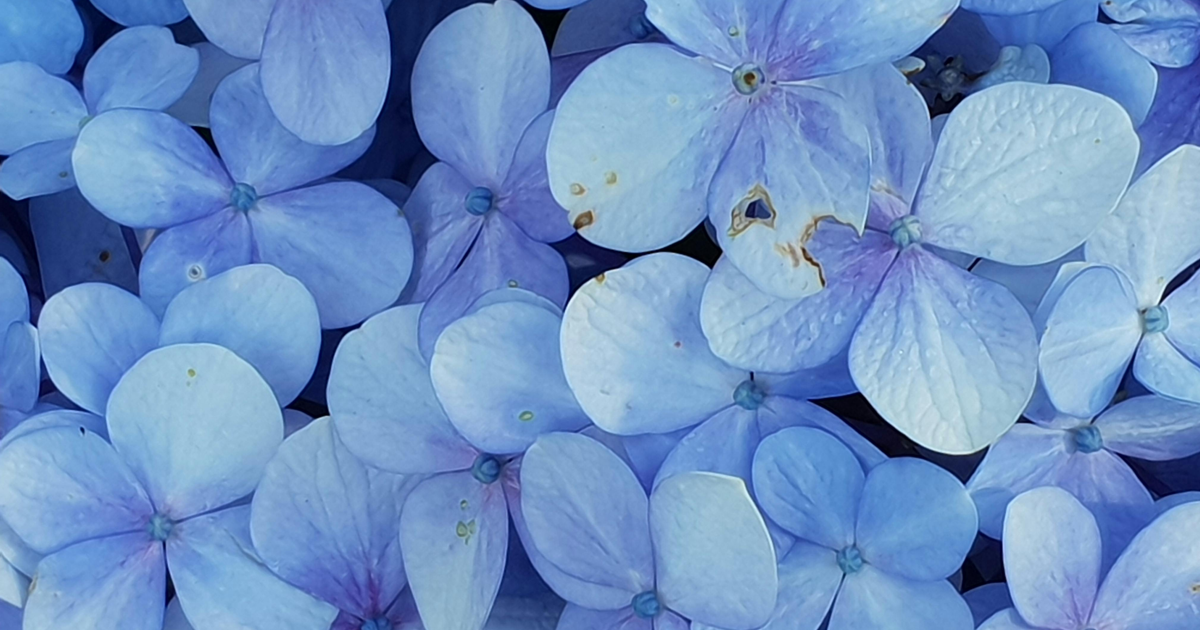
Take a look around your garden, or a park or field near you.
If you’re in the middle of a city, how about Googling one of these things, and taking a good moment to look at this image. The chances are, you can see a whole lot of green.
Now zoom in, or take a stroll and look at some flowers. Are you seeing white petals? Maybe pink, or even orange, yellow, or red?
Most likely.
Can you see any blue flowers right now? If you can, consider yourself lucky. Out of over 280,000 species of flowering plants that exist all over the world, only 10% of these are blue.
In fact, blue is the rarest color of plant out there, as a recent article on IFLScience explains.
It turns out that photosynthesis is one of the main factors at play. Light – which is a fundamental part of the process of photosynthesis, where plants create energy – is made up of lots of different colors.
Blue is the color of light that is most suited to plants, so they want to absorb as much blue light as possible to help them grow.
Objects – including the mug in your hand or the flowers in your vase – look a certain color to us because this is the specific color of light that they reflect.
So if a plant was blue, it would reflect blue light, rather than absorb it.
Because plants have adapted to absorb all the blue light that they can, they have developed their stems, leaves, and petals in other colors like green, red, yellow, and pink, since these colors of light don’t contain quite as much of energy they need to absorb in order to thrive.
So with this in mind, what is happening in those flowers with blue petals? Why have they evolved this way, if it is unhelpful to their growth strategies to be so? Well, there are other reasons for a small minority of plants having blue petals.
What do plants want to do perhaps even more than grow?
They want to pollinate, so that they can reproduce. And a recent study by Dr Adrian Dyer, Associate Professor at RMIT University, has the answer to why exactly some plans might have adapted to have blue petals. In The Conversation, Dyer explains that the blue petals are a specific adaptation to attract one pollinating insect in particular:
“Bees have photoreceptors that are sensitive to ultraviolet, blue and green wavelengths, and they also show a preference for ‘bluish’ colours. The reason why bees have a preference for bluish flowers remains an open field of research.”
Though there appears to be a scarcity of blue plants in our natural world for the bees to enjoy, there may actually be another factor to this.
It is possible that what the bees see when taking in the plants in our gardens is very different to what we humans perceive, as Dyer and his research team explain:
“Humans view blue as a less frequently evolved color in nature, to understand signaling, it is essential to employ models of biologically relevant observers. By doing so, we conclude that short wavelength reflecting blue flowers are indeed frequent in nature when considering the color vision and preferences of bees.”
So, this study concludes, though we perceive a lack of blue plants, there might be a lot more to nature than meets the human eye.
If you thought that was interesting, you might like to read a story that reveals Earth’s priciest precious metal isn’t gold or platinum and costs over $10,000 an ounce!